Final Fantasy 7 Rebirth: accomplished and impressive but not above criticism
The original Final Fantasy 7 redefined gaming on the PS1, pushing technical boundaries and establishing new storytelling standards. The highly anticipated remake trilogy, which began with 2020’s Final Fantasy 7 Remake, aims to expand and refine the RPG experience on modern platforms. The next installment, Final Fantasy 7 Rebirth, set for release on February 29th, promises a larger and more sophisticated adventure, exclusive to PS5. As we delve into the game, we ask: how has it pushed graphical boundaries? Have prior image quality concerns been addressed? Can it maintain a stable frame-rate amidst its expansive open-world design?
Today’s coverage serves more as a preview than the usual in-depth analysis. Due to a strict review embargo, we are limited to showcasing just the initial hours of gameplay, avoiding certain sequences and maintaining a shorter video format. Complicating matters is a recently announced image quality patch for performance mode that was released just yesterday. Anticipate more comprehensive coverage upon the game’s launch.
Visual Quality and Inconsistencies
As players immerse themselves in the game, they will find much to admire, yet it’s clear that it is not without its critiques. The asset quality in the opening level presents notable inconsistencies. While there are beautifully rendered rock formations with commendable texture details, some elements appear oddly low-resolution. It’s jarring to encounter angular, low-polygon rocks that fall short of expectations. While Square Enix has filled the environment with clutter and density, the overall fidelity leaves something to be desired.
Lighting and Shadow Concerns
The environmental lighting also has its ups and downs. In shaded areas, the light occlusion feels ineffective, leading to scenes that appear overly flat. This can create the impression of objects glowing or floating, lacking the lighting precision that current-gen games typically achieve. These visual issues—asset quality and lighting inaccuracies—were present in the 2020 remake, making it disappointing to find similar shortcomings in the Mount Nibel area.
Additionally, the shadow resolution in this segment seems conservative, resulting in aliased shadows, though filtering does alleviate the issue somewhat. Close-up, however, a high-resolution cascade creates distracting pop-in effects as the camera approaches shadow details. This is a puzzling design choice.
Areas of Excellence
Despite these criticisms, the game shines in many aspects. Real-time cutscenes are stunning, showcasing beautifully rendered characters with excellent skin shading, smoothly animated hair, and realistic clothing materials. These scenes are effectively lit, featuring a creamy bokeh depth of field that elevates the cinematic quality, reminiscent of Square’s impressive CGI work in other titles. Battle sequences are equally captivating, blending acrobatics and particle effects with thrilling special abilities and synergy attacks. While the combat mechanics themselves are simple, they provide enough tactical depth to complement the visual spectacle.
Open World Improvements
After the Mount Nibel flashback, players enter an open-world segment in chapter two, where the city of Kalm impresses with its environmental design. Asset quality improves significantly, featuring higher resolution textures and greater detail density. Although some textures remain questionable, the overall visual fidelity has noticeably enhanced, especially compared to the previous chapter’s performance.
Stepping into the open world for the first time is a treat, complemented by a breathtaking real-time cutscene that showcases the principal cast and the stunning coastal landscape. The environmental density surpasses many last-generation efforts, with lush greenery and impressive geometric detail. However, some lighting inconsistencies persist, such as low-lying grass and weeds not adequately occluding sunlight, which can make them appear flat. Nonetheless, the previous environmental issues are less pronounced, and the game generally impresses visually.
Performance Modes and Frame Rates
Final Fantasy 7 Rebirth offers two visual modes: a performance mode targeting 60fps and a graphics mode targeting 30fps. Both modes share similar basic settings, differentiated primarily by their resolution metrics. A curiosity arises in the performance mode due to a recent patch. Players familiar with the demo noted that the performance mode had a blurry appearance, a problem that persisted in the initial review code. Fortunately, the February 21st patch addressed this issue, but with mixed results.
The patch replaced the previous upscaling method with something resembling a nearest-neighbor technique. While this adds sharpness, it also introduces visible pixelation. Comparatively, the graphics mode delivers superior image quality without the distracting pixelation, often presenting a 4K-like appearance, although it can sometimes resemble 1440p due to post-processing choices.
Frame Rate Stability
Both modes maintain good frame rates, with the graphics mode achieving a nearly flawless 30fps throughout testing. Open-world exploration and combat generally run smoothly at this frame rate, though the lack of camera motion blur can create a slightly choppy experience. The performance mode, which typically operates at 60fps, does experience occasional frame drops, particularly during intense combat or rapid traversal in Nibelheim. However, it largely remains stable at 60fps.
Final Thoughts
Overall, Final Fantasy 7 Rebirth showcases genuine quality, but it also presents puzzling inconsistencies in visual fidelity that can occasionally disappoint. The performance mode’s image quality issues warrant further attention; addressing the softness seen in earlier versions should be a priority. Implementing a more effective upscaling solution, such as FSR 2, alongside motion blur could significantly improve visual quality. As we await the full release, there’s much more to explore and discuss regarding this promising title.






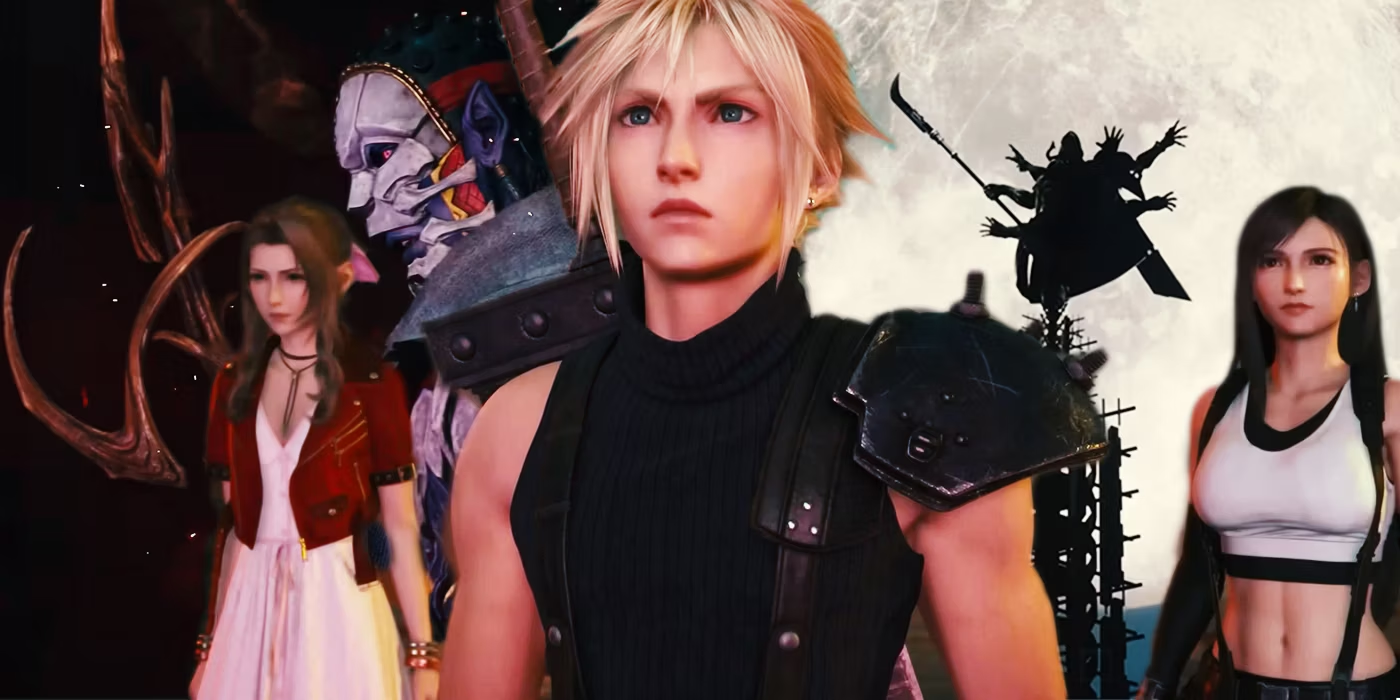











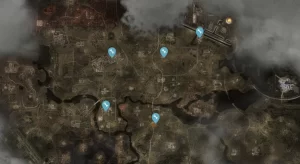

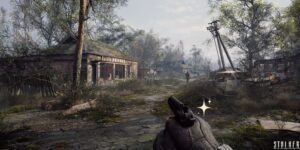

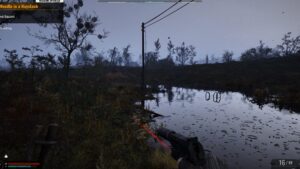
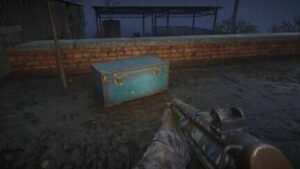




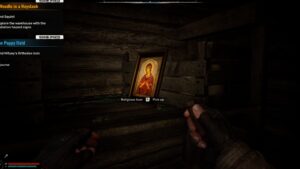
Post Comment